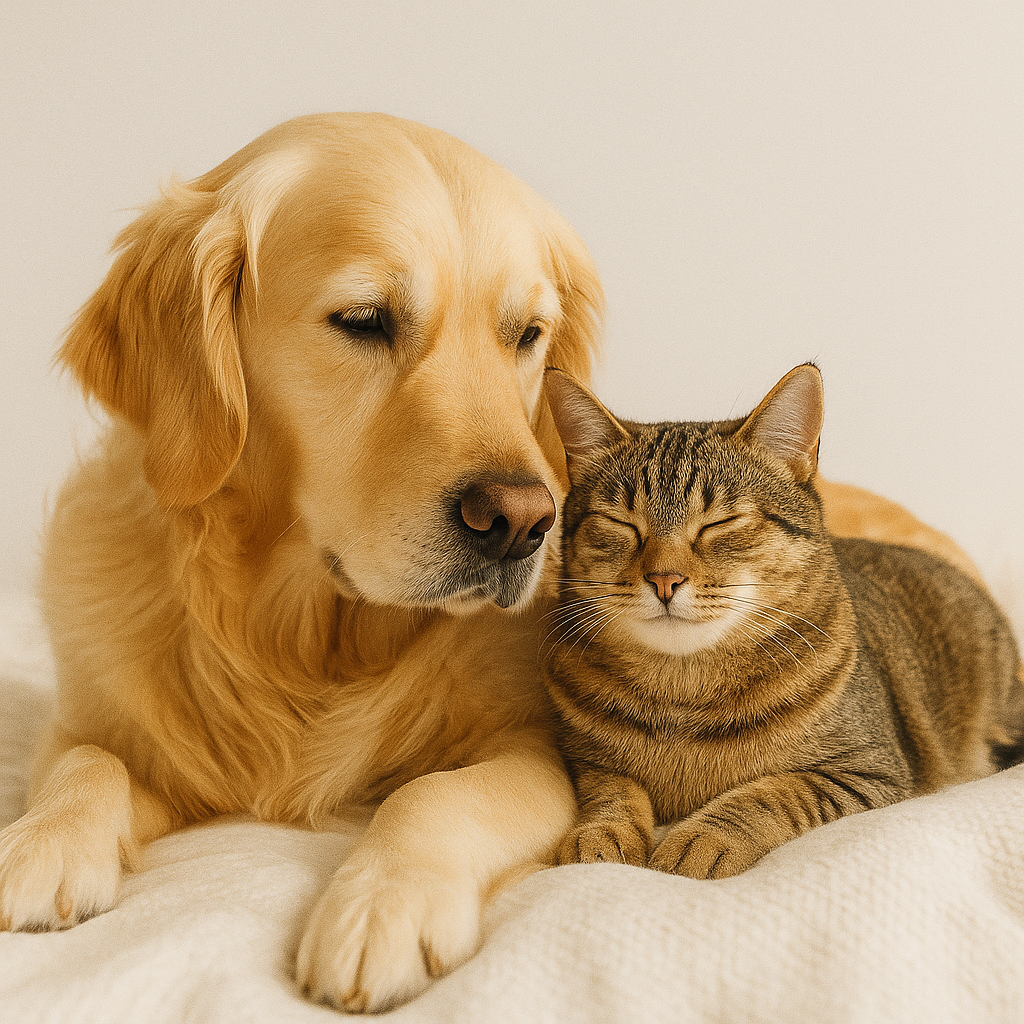
🐾 Pay Attention to the Signals Your Pets Send You
Share
Introduction
Our pets live in a world that speaks without words. While they cannot express themselves through human language, they constantly share emotions, desires, and discomforts through subtle movements and behaviors. A tilted head, a wagging tail, or a pair of cautious eyes can speak volumes—if only we pause to listen. By paying attention to these silent signals, we not only protect their well-being but also honor the bond that turns mere ownership into genuine companionship.
Signals in Dogs: Reading the Canine Language
Dogs are masters of expression. Their entire bodies—from nose to tail—become instruments of communication.
-
Tails as Flags of Emotion: A slow wag may mean curiosity, a joyful swish shows delight, but a stiff and high tail often signals tension.
-
Eyes as Windows to the Soul: Soft blinking or squinting conveys comfort, while wide, unblinking eyes may reveal fear or alertness.
-
Ears That Whisper: Erect ears show interest, while ears pinned back can mean submission or anxiety.
-
Posture and Energy: A dog bowing with its front legs is inviting play, while a rigid stance may foreshadow aggression or discomfort.
Signals in Cats: Decoding the Subtle Mysteries
Cats communicate with quiet eloquence. Their behaviors may appear mysterious, but with observation, patterns emerge.
-
The Language of the Tail: A gently upright tail often reflects affection, but a quick flicking tail is a warning sign of irritation.
-
The Dual Nature of Purring: Purring is usually a signal of contentment, yet cats may also purr when they are in pain or distress, using the vibration as self-soothing.
-
Ears and Eyes: Dilated pupils can suggest excitement or fear. Rapid ear movement means they are overstimulated or on alert.
-
Withdrawal and Hiding: When a cat chooses to retreat under the bed or into a closet, it may be signaling stress, illness, or a need for solitude.
Why These Signals Matter
To dismiss or overlook these signs is to miss an opportunity for deeper understanding. Our pets rely on us to notice changes in behavior—often their only way to indicate illness, stress, or emotional need. Recognizing these signs:
-
Prevents stress-related conditions from escalating.
-
Allows early detection of potential health problems.
-
Creates a household built on trust, respect, and mutual comfort.
-
Strengthens the invisible bond that makes them feel truly safe with us.
How We Should Respond as Guardians
-
Practice Observation: Spend quiet moments simply watching your pet. Subtle changes in routine often hold the greatest meaning.
-
Respect Their Boundaries: If your pet withdraws or shows discomfort, give them the grace of space and time.
-
Offer Gentle Reassurance: A calm voice, a steady hand, or simply being near can restore a sense of security.
-
Consult Professionals: When signals persist or seem unusual, seek veterinary guidance to rule out medical issues.
-
Celebrate Communication: Reward and encourage positive behaviors, reinforcing that their attempts to “speak” are acknowledged and valued.
A Relationship Beyond Words
To truly care for our pets is to become fluent in their language—silent, unspoken, yet deeply powerful. Every signal, whether joyful or troubled, is a gift: a glimpse into their inner world. By learning to listen, we transform daily routines into acts of empathy and ensure that our companions live not only in safety, but in harmony and dignity.
